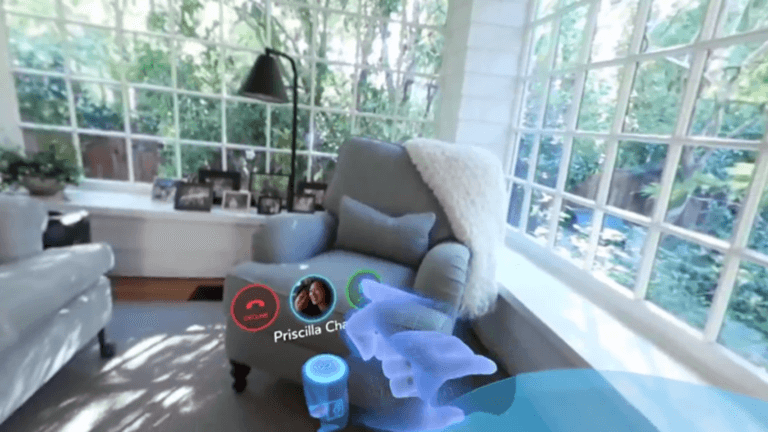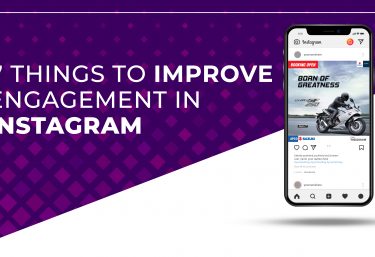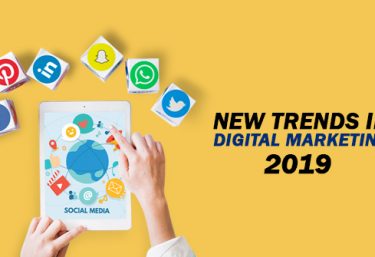Social virtual reality finally took center stage at Facebook’s third annual Oculus connect
conference held on Oct 6 th 2016. The company debuted features that could give users a way to
stimulate the feeling of being in the same place as friends and families in more intimate ways than video
calls allow. So now for hanging with friends and families thousands of miles away doesn’t need an
expensive flight. Social interactions are not the main focus of the platform yet, CEO Mark Zuckerberg
said at the conference, “but it does mean that we should build software and experiences and that follow
the way our minds work and the way we proceed the world”. When personal interaction migrate from
social media to social VR, the platforms needs to be ready for it, he said.
Oculus was originally a gaming company which created games like Grand theft auto, Sims etc. If
you ever played those stimulation games then definitely you must know about their creative avatars.
Facebook acquired oculus in 2004 and this new approach will feel familiar to gamers. In Facebook’s VR
world too users can choose a variety of facial features and attire options to reflect themselves. Not only
these doppelgangers have realistic eyes that can blink and lips that try to imitate talking motions, but
also they can give facial expressions.
Facebook demonstrated the ability to share photos, videos and posts with your friends in VR, as
much as you can do in Facebook. You can even take a call phone call inside Facebook messenger, or take
a VR selfie and can share it on Facebook. You can also express your emotions to friends by inputting
several gestural commands into Oculus Touch Controller, and through recognition of when you are
talking. Before the demo Zuckerberg took out the stage to discuss the VR’s progress. He says first step to
the VR revolution is “getting the basic hardware out there” which Oculus, HTC and others are doing.
Zuckerberg’s 10 to 15 year goal is getting VR and AR into a set of traditional eye glasses, not a bulky
headset.






